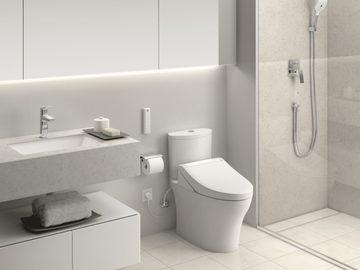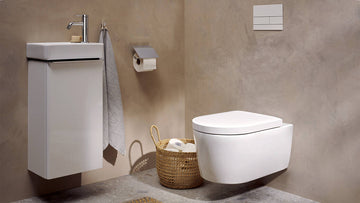In the realm of modern architecture, the advent of smart building technology has introduced a plethora of advantages, amongst which water leak detection in smart buildings stands out as a significant innovation. This progressively growing importance is not just due to the potential to safeguard property but also due to the economic and environmental impacts of dealing with water leaks.
Water leak detection in smart buildings fundamentally revolves around integrating advanced sensors and monitoring systems that ensure leaks are detected almost instantaneously. This forms a critical line of defense against water damagesaving maintenance costs and optimizing operational efficiencies.

Why Water Leak Detection is Crucial in Smart Buildings
Water leaks can start from something as small as a dripping tap and evolve into substantial infrastructure damage if not detected early. In a smart building, this becomes more complex and interlinked because of the advanced architecture and systems involved. Real-time cloud-based leak detection methodologies can identify potential risks before they become costly damages, making them indispensable.
The ability to instantly detect and respond to water leaks not only prevents property damage but also reduces the water wastage that might otherwise go unnoticed for long periods. This is of particular importance given the global emphasis on sustainability.
The Technology Behind Water Leak Detection
Traditionally, water leak detection relied heavily on periodic manual inspections, which are time-consuming and often miss early signs of leaks. However, with technological advancements, we now have smart detectors that rely on IoT and AI to monitor water flow in real time.
Advancements in Sensor Technology
Incorporating battery-powered water sensors into the build from the ground up provides real-time monitoring capabilities. These sensors can detect subtle changes in pressure and flow, instantly alerting facility managers to potential problems.
Besides, these systems are designed to integrate seamlessly with other aspects of the smart building infrastructure, enhancing overall functionality and responsiveness.
Benefits of Implementing Smart Water Leak Detection
The deployment of sophisticated water leak detection systems within smart buildings plays a crucial role in reducing maintenance costs. By preemptively addressing leaks, businesses can save on potentially rampant water bills caused by unnoticed leakages. Additionally, they assist businesses in achieving their sustainability goals by minimizing the amount of wasted watera pivotal aspect in today's eco-conscious world.
Moreover, mitigating water damage through advanced detection systems extends the lifespan of a buildings infrastructure. Water-induced deterioration is a silent but inevitable threat that many smart building designs are now adept at countering through these advanced technologies.
The Integration of Edge AI
Edge AI presents another leap forward in water leak detection by integrating AI technology directly into the sensors used, offering an unparalleled edge in precise detection. This not only optimizes response times but also allows the building systems to operate independently of external service providers, thus reducing potential security risks.
Real-Life Applications and Success Stories
Numerous smart buildings have already adopted these systems, reporting significant water savings and improved operational efficiency. The case of The Edge in Amsterdam, often cited as the worlds smartest building, exemplifies the use of inline water leak detectors to optimize water usage and safeguard the infrastructure.
Another instance involves the introduction of smart city water leak monitors which leverage city-wide IoT networks to efficiently manage resources and predict potential leaks before they become critical.
Future Trends in Water Leak Detection for Smart Buildings
As technology evolves, so do the capabilities of water leak detection systems. The future holds a promise of integrating even more sophisticated AI-driven analytics, improving predictive maintenance drastically. The benefits of a leak detection system are expected to align even more closely with the needs of smart city developments, further embodying sustainability and efficiency.
Ultimately, as we look to a future dominated by smart technologies, the question remains not whether these systems will become commonplace, but how quickly their adoption will redefine the standards of building management and maintenance.

FAQs About Water Leak Detection in Smart Buildings
1. How quickly can smart buildings detect water leaks?
Water leak detection in smart buildings is almost instantaneous, thanks to advanced connectivity through IoT technologies. The systems are designed to provide unparalleled real-time monitoring, enabling immediate alerting and response.
2. Are these systems cost-effective in the long run?
Yes, the initial investment in smart water leak detection systems often results in significant long-term savings. By preventing costly water damage and optimizing water usage, these systems provide a substantial return on investment.
3. How do these systems integrate with existing building infrastructure?
Most contemporary smart buildings are pre-equipped with IoT-compatible infrastructure, allowing for seamless integration of leak detection systems. Even older buildings can be retrofit with these technologies, ensuring broader adaptability and application.






